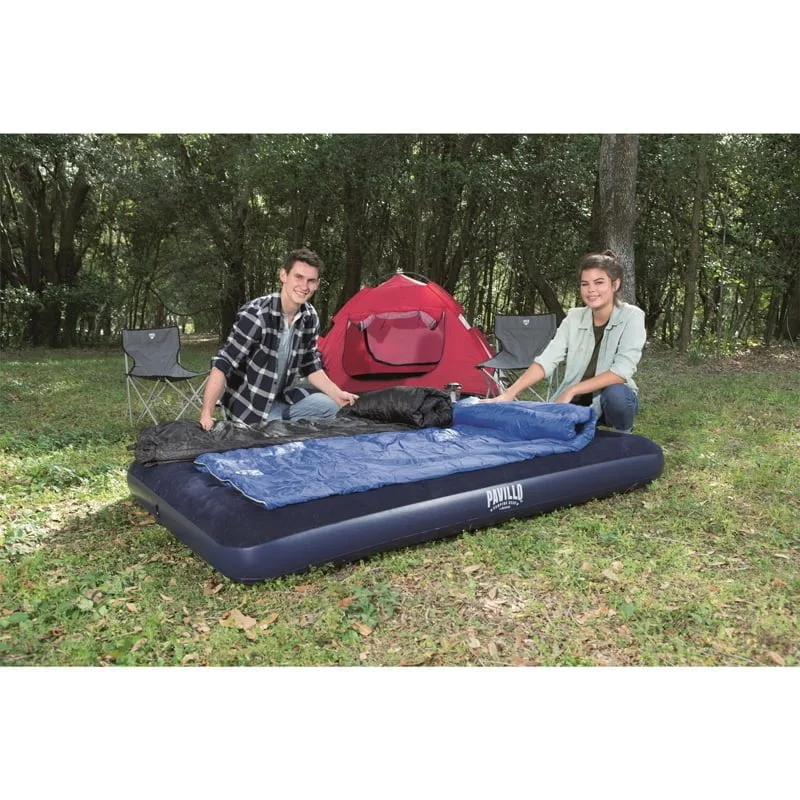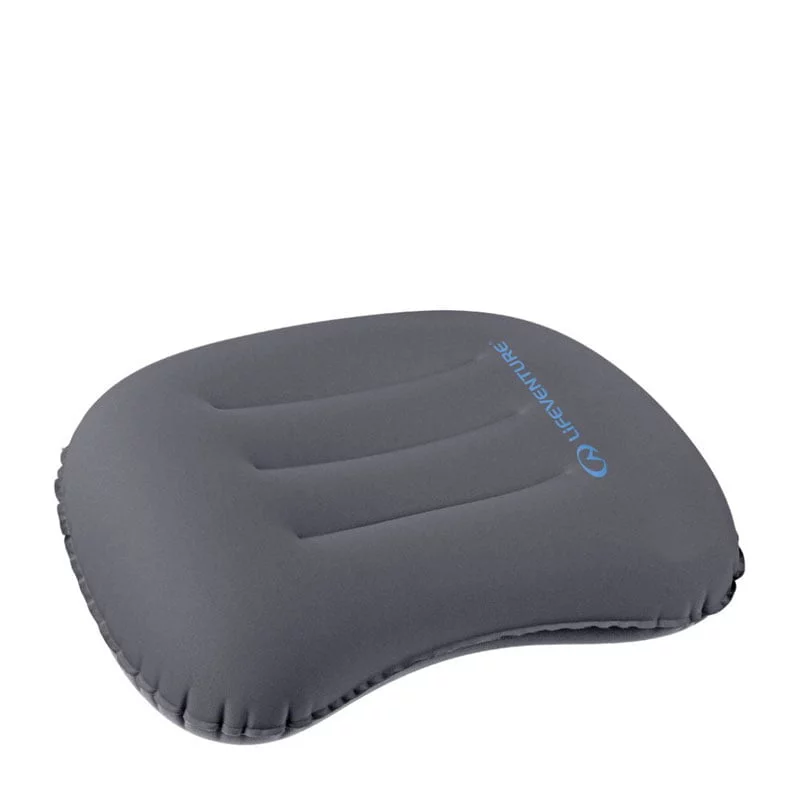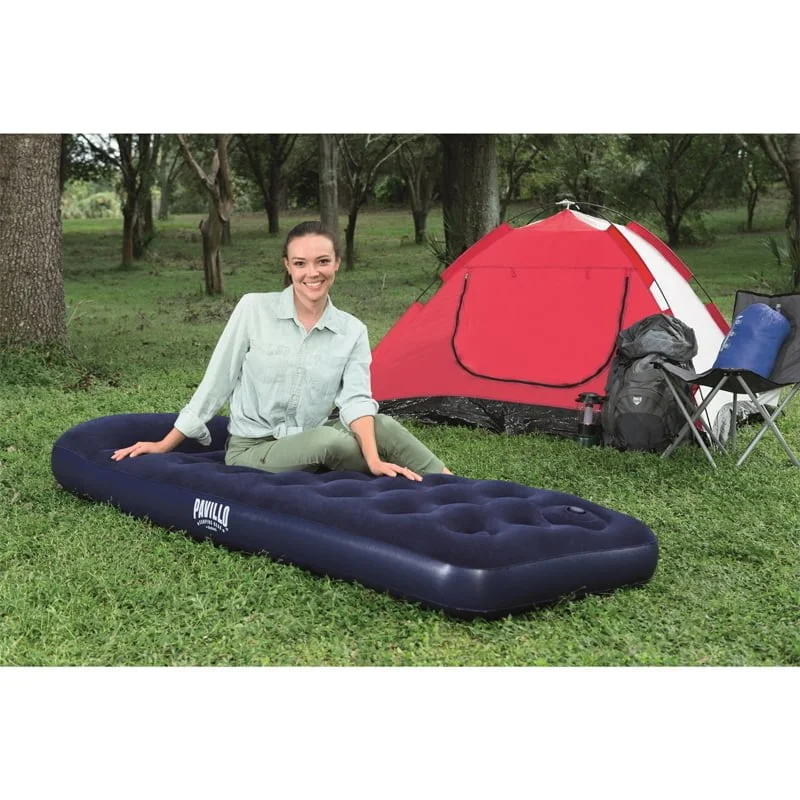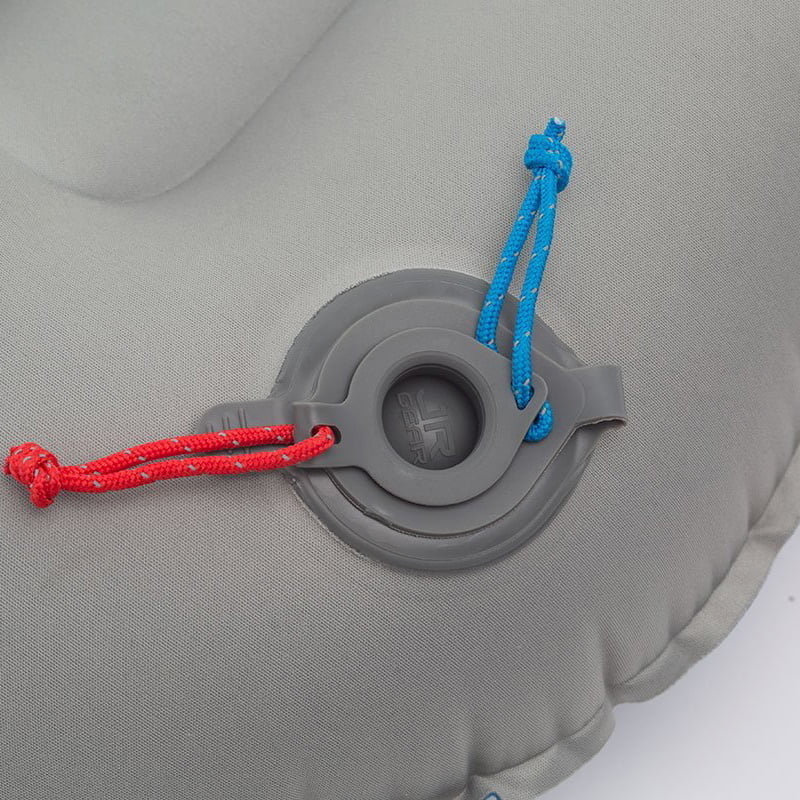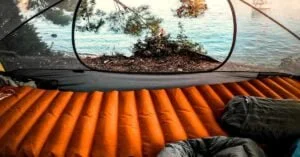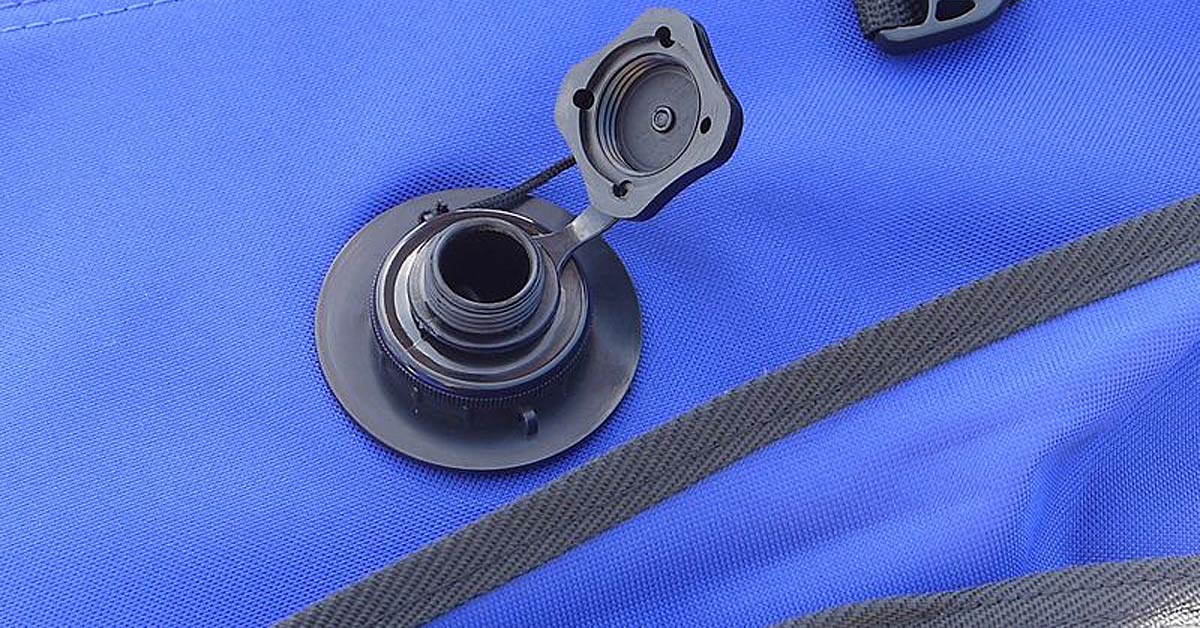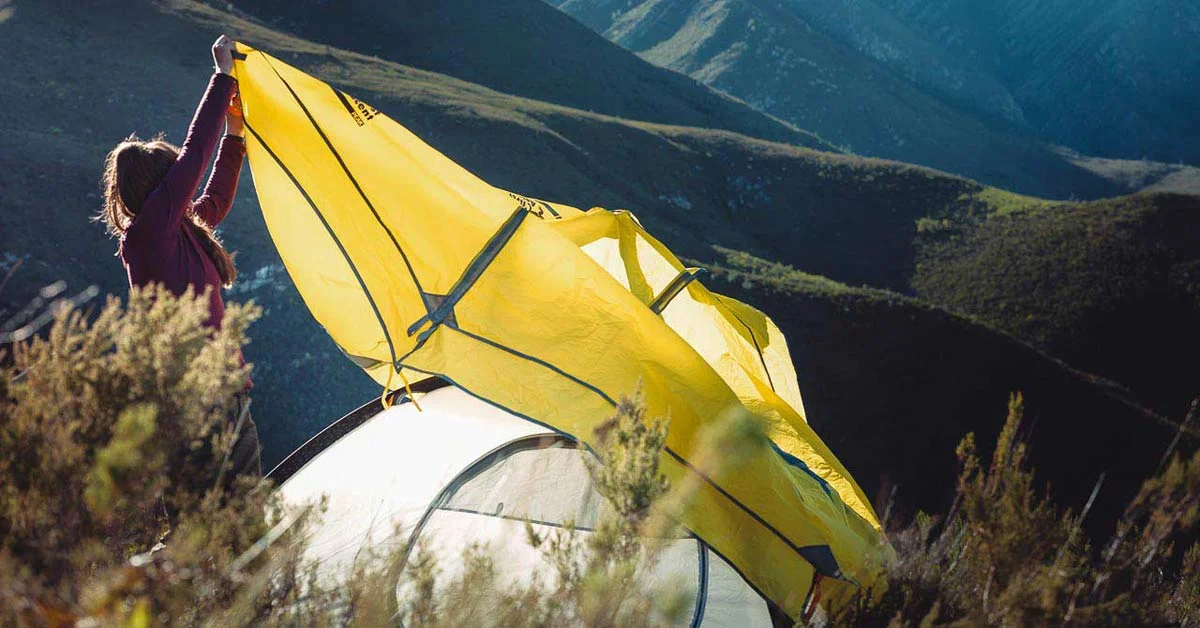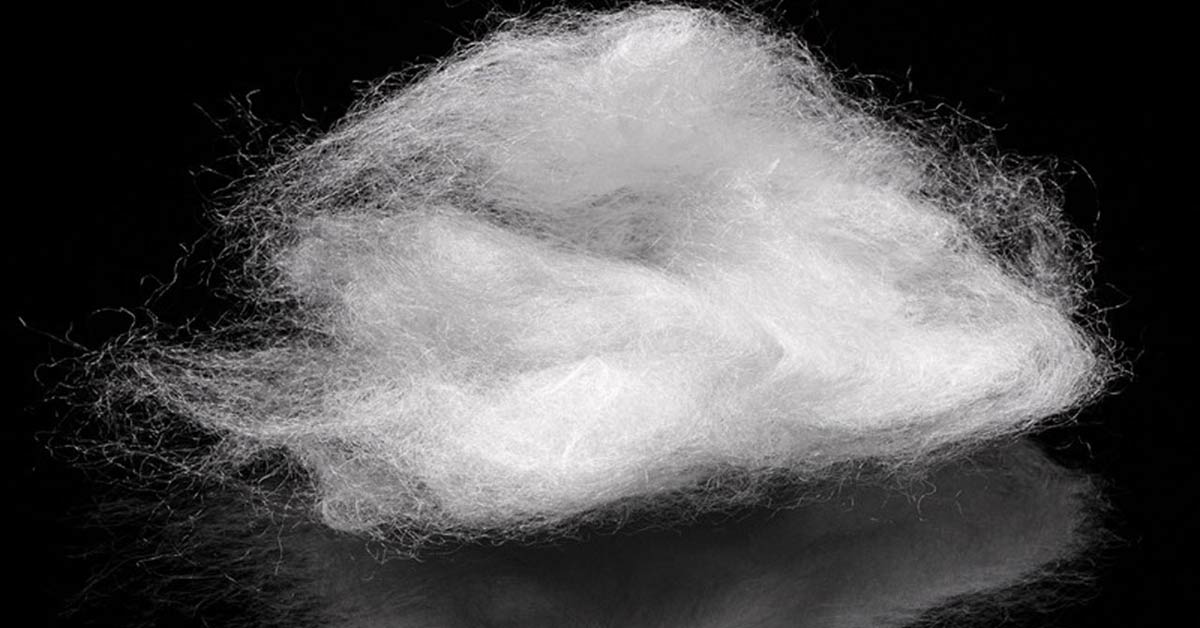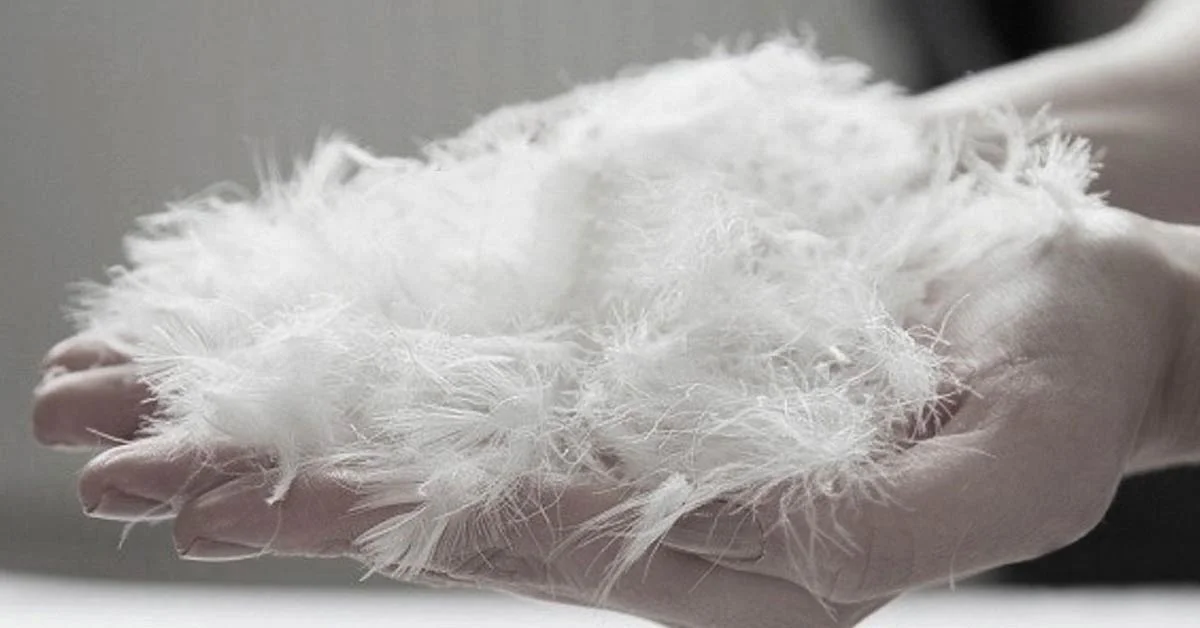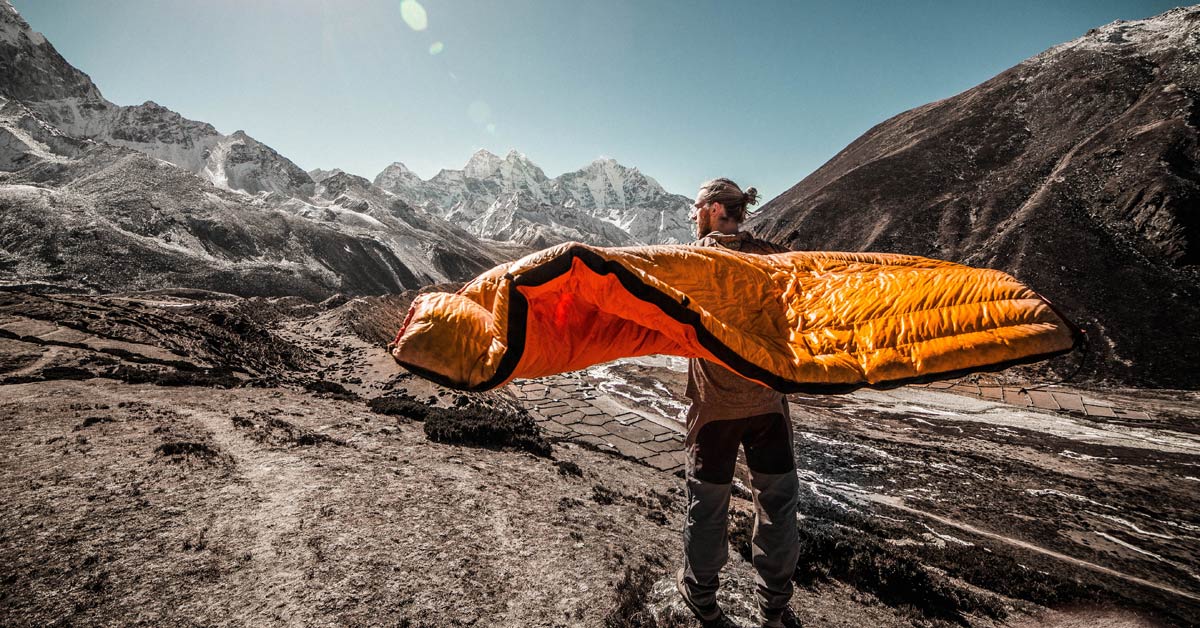Gear Up for Adventure
Products
Save R60.00
Save R50.00
Save R110.00
Save R100.00
Frequently Asked Questions About Sleeping Gear
A basic sleeping setup for camping or hiking will be a sleeping bag and a sleeping mat. The type and size of sleeping bag and sleeping mat will depend on whether you're camping or hiking and how much packing space you have. If you're hiking, carry weight and packing space are at a premium so look for compact and lightweight sleeping mats and sleeping bags. If you're camping, you'll have more packing space, so larger sleeping mats and less compact sleeping bags are options.
If you want a more advanced setup for sleeping at camp, camp stretchers or air beds will provide more luxury and allow you to sleep further off the ground. You can also add compact camp pillows or sleeping bag liners to further customize your setup to your preferences.
Camp beds, stretchers, cots - call them what you will, but a stretcher is a great addition to your camping gear. They allow you to sleep off the ground which keeps you further away from the cold earth and make getting up in the morning that bit easier on the back and knees!
Just remember that due to a camp bed's height and floor space requirements, they're not going to be a great fit for every tent, so make sure your stretcher will fit.
Sleeping bags come in a wide range of styles, colours and thicknesses, so how do you choose?
First, consider when, where and how you'll use your sleeping bag. Are you hiking or camping? Will you use your sleeping bag in warm or cold weather? Your needs are going to be very different if your sleeping bag is for fair weather holidays and sleepovers than if you're hiking in the Drakensburg!
To help you decide between a down sleeping bag and a synthetic fill, a mummy bag or a rectangular sleeping bag and just how thick it needs to be, check out our handy sleeping bag gear guide.
Sleeping bag liners are a really handy addition to your camping gear. These lightweight fabric liners are designed to be used inside your sleeping bag making it easier to keep your sleeping bag clean and even adding a couple of extra degrees to your sleeping bag's warmth for cooler weather. Sleeping bag liners can be used on their own, too, if the weather is too hot for your sleeping bag to be comfortable and are also handy for backpackers and travellers as an additional layer or alternative to provided bedding.
Sleeping mats or pads have been a long running staple of the camping and hiking scene for a comfortable night's sleep. They insulate you from contact directly with the ground and provide a softer surface for a better night's sleep. There are a multitude of different designs and sizes on the market from ultra-compact mats for the weight conscious hiker to luxurious models designed with campers in mind.
Closed-cell foam mats are classic. These simple mats keep you insulated and there's no chance of a puncture or leaky valve, just straightforward padding and insulation.
Self-inflating mats come in a range of sizes and designs to suit all sorts of adventurers from hikers to campers. Combining a comfortable foam inner with a simple self-inflating system, they give you the best of both worlds between comfort and compact pack-ability
Air mats are the lightest and most compact of the sleeping pad solutions on the market. These inflatable mats provide much needed comfort and insulation from the ground but maintain an unbelievably small pack size - ideal for hikers wanting to shed pack size and weight.
For more guidance on the features and pros and cons of the different sleeping pad options, check out our sleeping pad gear guide.




